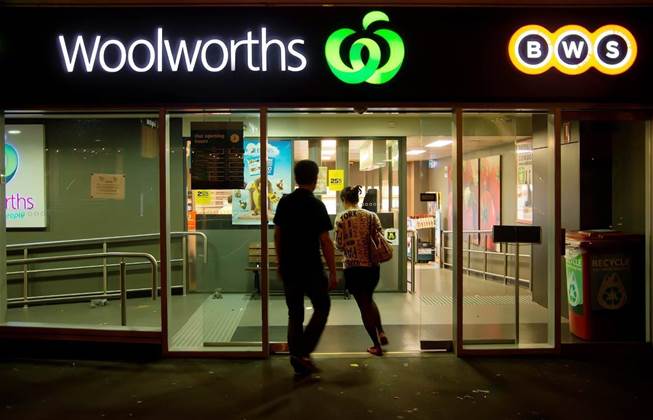Shoppers are continuing to embrace online shopping and alternative delivery and pick-up methods, lifting Woolworths Group e-commerce sales to $1.5 billion in the first quarter of fiscal 2021.

Across Woolworths, Big W and Endeavour Group, e-commerce sales increased 87 percent from the corresponding period a year ago, supported by extra home delivery and pick-up options for customers.
During the quarter, Australian sales through Woolworths' app and online store increased 100 percent on Q120 from $480 million to $961 million, outpacing Q420 growth of 69 percent.
Woolworths doubled the number of home delivery slots last quarter and added another 44 slots this quarter.
It also expanded its drive-thru pick up option, which is now available at 412 stores.
However demand is still outstripping supply.
Woolworths CEO Brad Banducci said appetite for e-commerce services showed no sign of diminishing and the additional services quickly reached capacity as they were added.
"We continue to be supply-constrained, not demand constrained,” Banducci said on a call with media this morning.
"Our customers want these services and therefore its imperative that we provide them."
Average weekly traffic to Woolworths’ websites and apps continued to increase in Q1 with 11.4 million visits, up 76 percent year-over-year.
The supermarket chain said app traffic growth has been driven by the launch of the Everyday Rewards app in May 2020 and downloads now exceed 2.3 million.
According to the figures released today, e-commerce now accounts for 8 percent of sales across Woolworths in Australia, with penetration increasing in the fresh food category during the quarter.
Banducci noted that online penetration varies by product category. For example, some SKUs [stock keeping units, or product types] have over 20 percent e-commerce penetration and some geographies have 12-15 percent e-commerce penetration.
Those figures are shaping strategy for Woolworths’ store networks and technology investments going forward, as the business continues to use its supermarkets to enable e-commerce capabilities.
"We think we will probably continue to open around 15 to 20 stores a year but the shape of them and the location of them will change," Banducci said.
Stores are used to fulfil online orders, and the supermarket chain is increasing the space at the back of stores to pick, pack and dispatch online orders, as well as "opening drive up and drive-thrus wherever we can.”
Woolworths recently launched a micro-fulfillment centre in Melbourne and is trialling its first robotic locker in Sydney.
"Stores are critically important to us and will be critically important for the foreseeable future but what they do undoubtedly will change over time," he said.


.png&h=140&w=231&c=1&s=0)
_(20).jpg&h=140&w=231&c=1&s=0)







 iTnews Executive Retreat - Security Leaders Edition
iTnews Executive Retreat - Security Leaders Edition












_(1).jpg&h=140&w=231&c=1&s=0)



